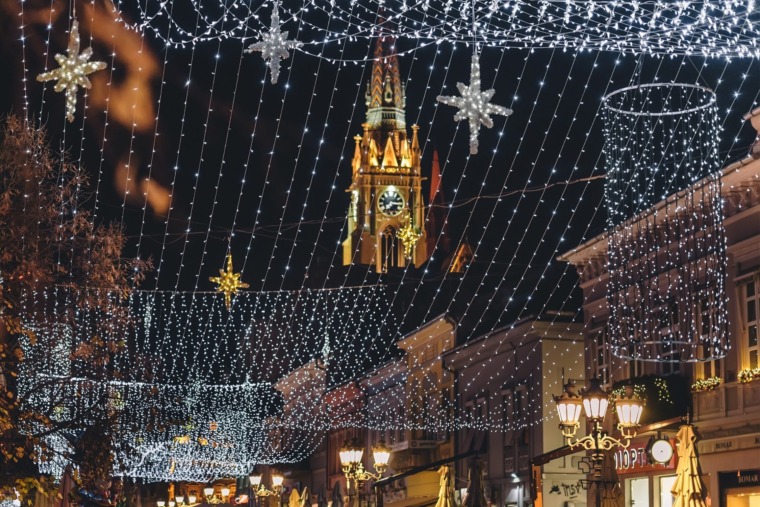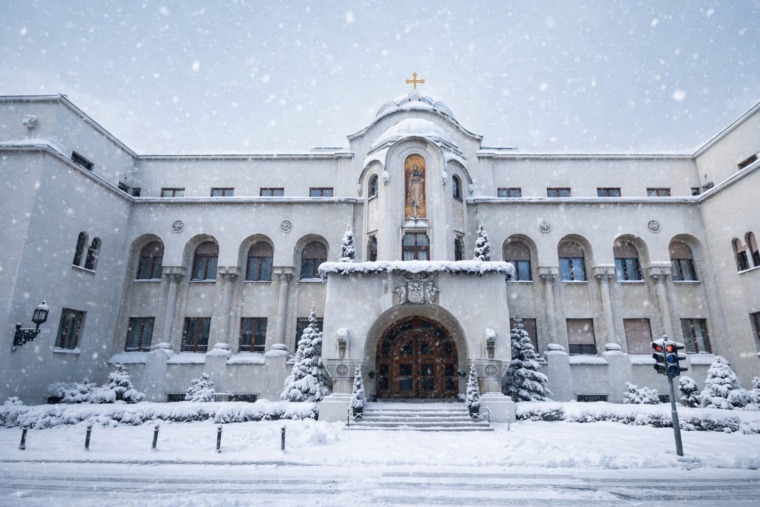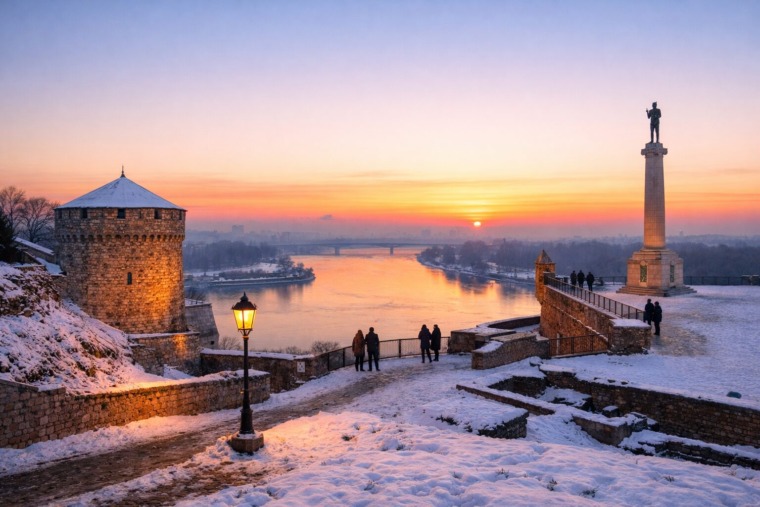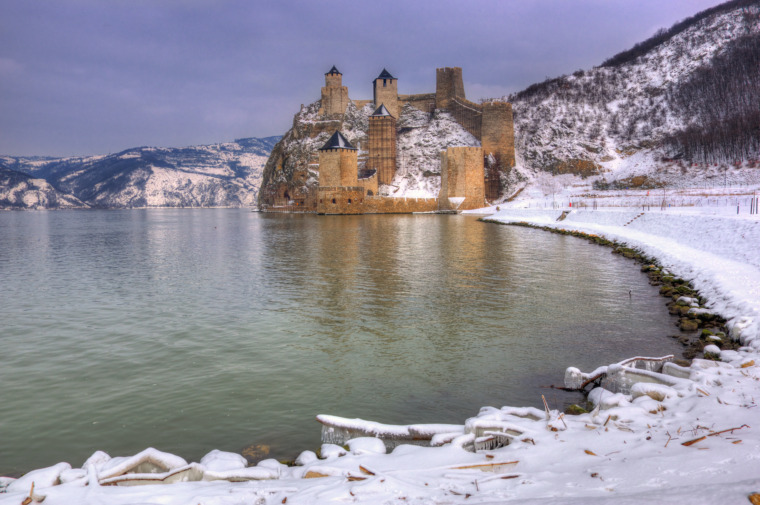
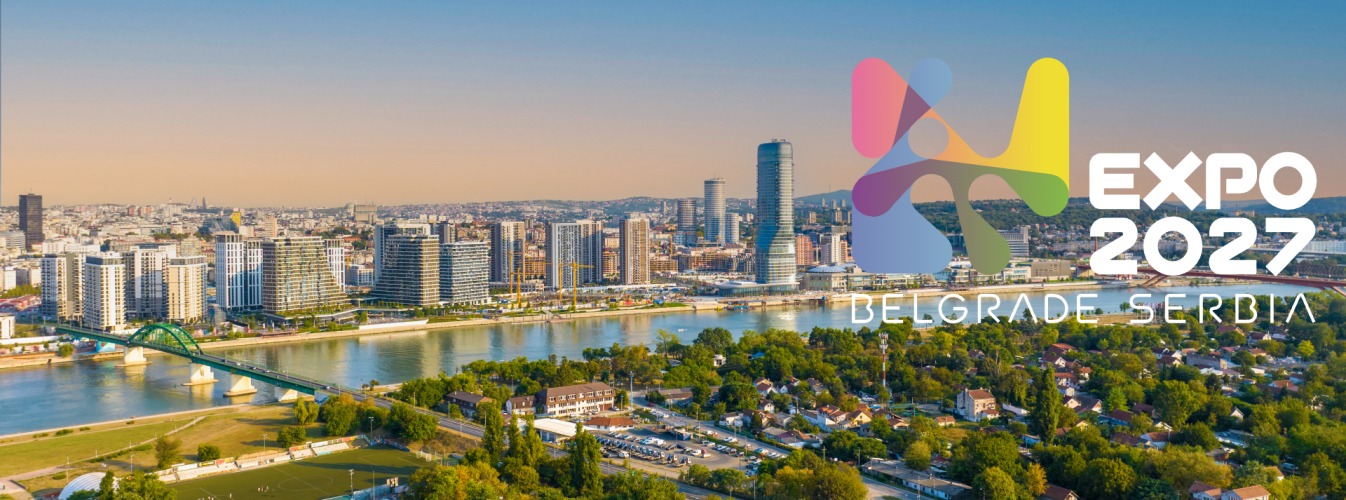
Serbia is preparing to take center stage on the global platform by hosting the highly anticipated Expo 2027 in its capital, Belgrade. This monumental event, which will bring together countries, businesses, and tourists from around the globe, is set to be a transformative occasion for Serbia’s economy and infrastructure. The Expo’s theme, “Play for Humanity: Sport and Music for All”, will showcase Serbia’s rich cultural heritage, while also promoting innovation, sustainability, and global collaboration.
Countries and Participants
A staggering 100 countries are expected to participate in Expo 2027, providing a melting pot of cultures, ideas, and technologies.

These countries will present pavilions showcasing their achievements in science, technology, art, and culture, while aligning with the event’s central theme. Each pavilion will offer visitors a unique opportunity to explore international collaborations, with a special focus on innovation in sports and music industries.
Influx of Tourists
Serbia is expected to witness a significant influx of international visitors during Expo 2027, with estimates projecting around 3 million tourists. This surge in tourism will greatly benefit various sectors of the economy, including hospitality, transport, retail, and services. For many visitors, it will be their first experience in Serbia, offering a unique opportunity for the country to boost its global image and attract future tourism.
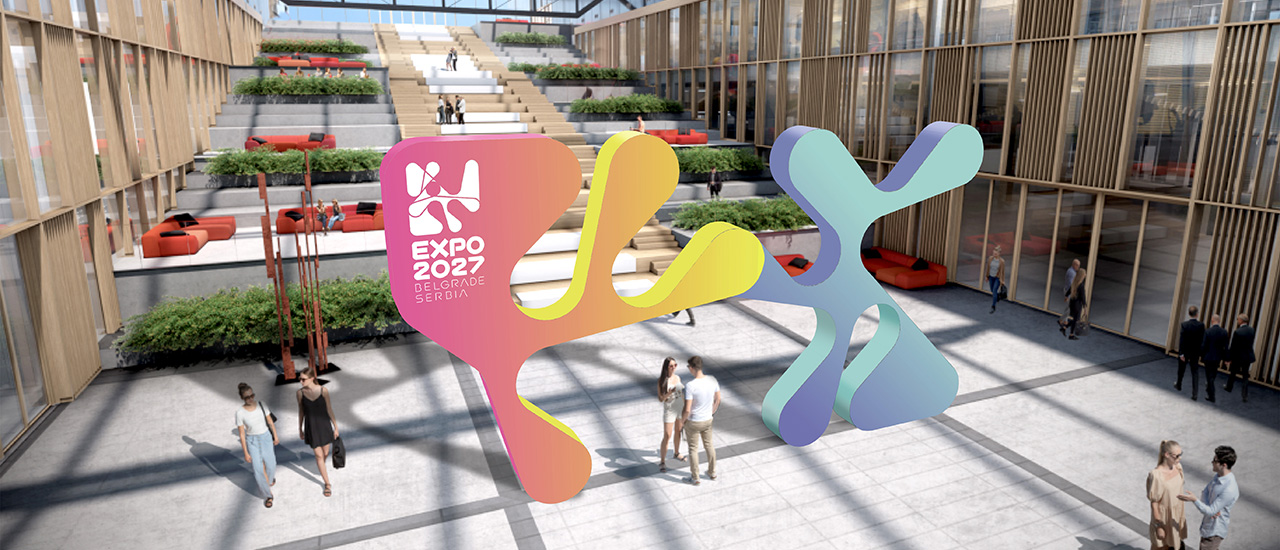
Economic Benefits of Hosting the Expo
The economic advantages of hosting Expo 2027 for Serbia are multifaceted. First and foremost, the event will place Serbia in the global spotlight, attracting foreign direct investments (FDI) and increasing international trade opportunities. The construction of new infrastructure will create thousands of jobs, stimulate local businesses, and bolster the country’s economic growth. The expected €6 billion in revenue from tourism, business deals, and investments will have a lasting impact, helping Serbia accelerate its development agenda and enhance its global competitiveness.

Additionally, the Expo will serve as a catalyst for regional development, especially in Belgrade, which will benefit from extensive infrastructural upgrades and modernization. Increased demand for services and products will also give a substantial boost to local enterprises, from small family-owned businesses to large corporations.
Investment and Funding
The construction and organization of Expo 2027 will require significant investments, with total costs projected to reach approximately €1.3 billion. This investment will not only fund the construction of state-of-the-art pavilions and exhibition spaces but also contribute to improving Belgrade’s infrastructure. A portion of this budget will be dedicated to enhancing transportation systems, including the expansion of the city’s airport, roads, and public transit. Additionally, a large amount will go into building new facilities, improving digital infrastructure, and ensuring that the event is sustainable and eco-friendly.
Key Buildings and Infrastructure
A series of ambitious construction projects are planned for Expo 2027. These developments will reshape Belgrade’s urban landscape and leave a lasting legacy of infrastructure that the city can benefit from long after the event concludes.
1. Central Pavilion: The centerpiece of the Expo will be the Central Pavilion, a massive structure designed to host large-scale exhibitions, conferences, and performances. This iconic building will feature cutting-edge architectural design, blending modern aesthetics with Serbian cultural elements. Equipped with sustainable technologies, it will be built with energy-efficient materials, making it a symbol of eco-conscious development.
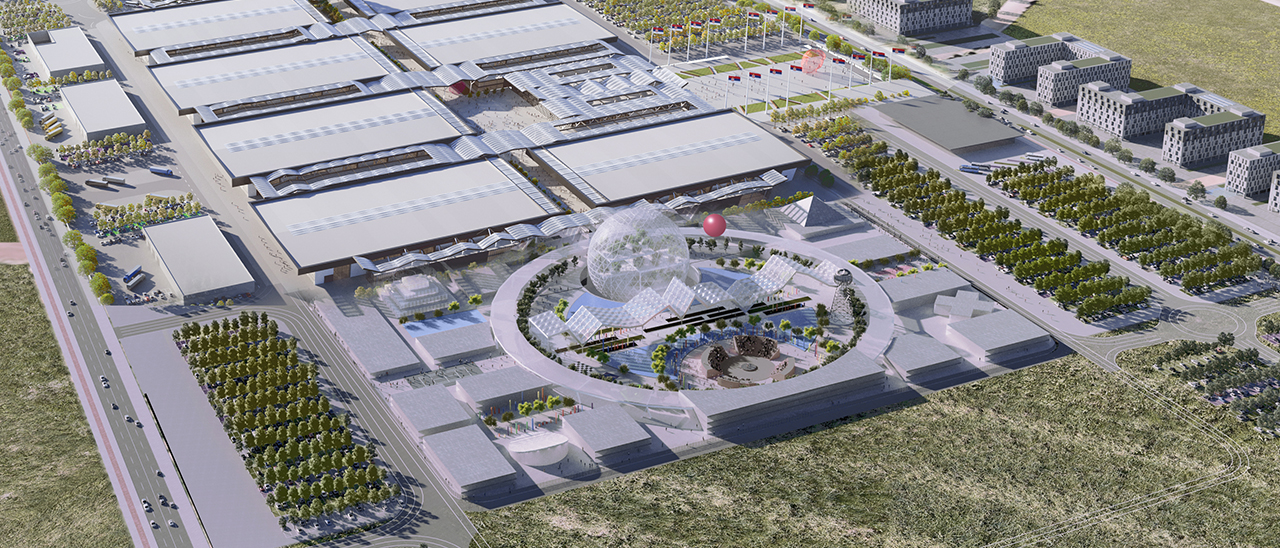
2. National Pavilions: Each of the 100 participating countries will have a national pavilion showcasing their unique contributions to the Expo’s theme. These pavilions will vary in size and design, creating a vibrant mosaic of international architecture. They will incorporate interactive exhibitions, entertainment areas, and innovation showcases, all within structures that emphasize green building practices.
3. Cultural and Entertainment Venues: In keeping with the Expo’s theme of sport and music, a number of cultural and entertainment venues will be constructed. This includes an open-air concert hall for live performances, a sports complex for demonstrations and competitions, and several art galleries to highlight creative works. These facilities will cater to a wide range of interests, providing visitors with an immersive cultural experience.
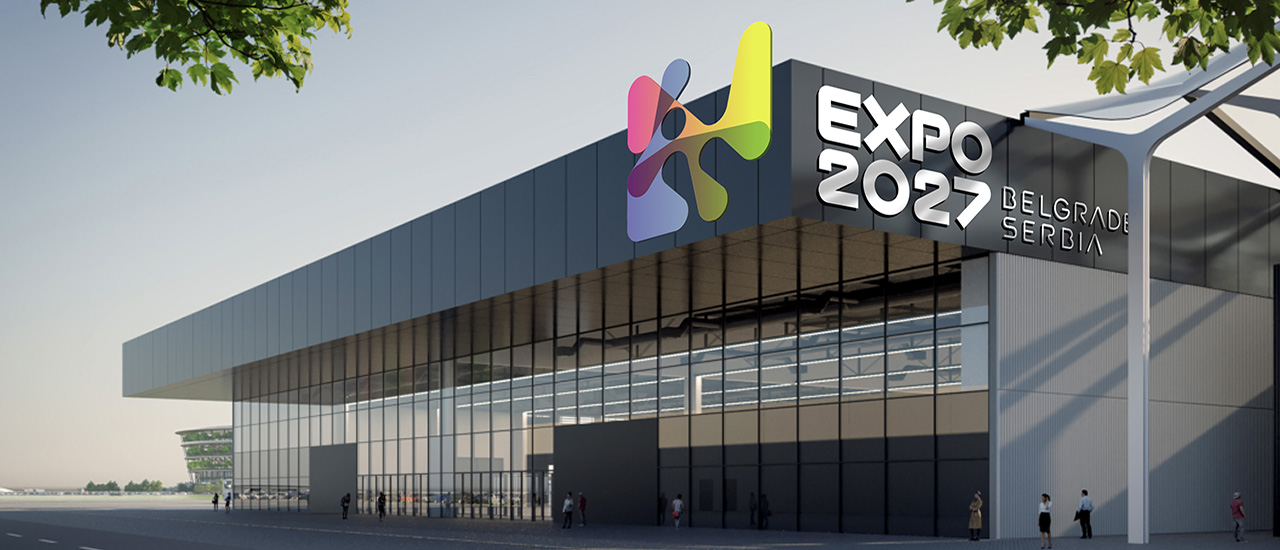
4. Expo Village: The construction of an Expo Village is another significant aspect of the project. This residential complex will be built to house the staff, volunteers, and participants throughout the event. After the Expo, the village will be repurposed into affordable housing or student accommodations, contributing to Belgrade’s long-term urban development plans.
5. Transportation Hubs: Given the expected surge in visitors, new transportation hubs will be built to ensure efficient mobility during the Expo. This includes the expansion of Nikola Tesla Airport, the construction of a light rail transit system, and the creation of new highways connecting key locations across the city. These upgrades will help alleviate congestion and provide easier access to the Expo site, benefitting local residents and tourists alike.
Expo 2027 in Serbia promises to be a transformative event, with the potential to reshape the nation’s economy, tourism, and global standing. With €1.3 billion in investments, over 100 countries participating, and a projected 3 million tourists, this event will not only be a celebration of sport, music, and culture but also a platform for Serbia to showcase its development potential to the world. The legacy of Expo 2027 will leave Belgrade with a modernized infrastructure, an enhanced international reputation, and a wealth of economic opportunities.
Related Articles


From Culture to Sport: The Moments That Shaped Serbia in 2025
December 27, 2025
10 Dishes That Must Be on a Serbian New Year’s Table
December 24, 2025
Tourist Holiday Guide to Serbia: Tips, Traditions & What to Expect
December 20, 2025